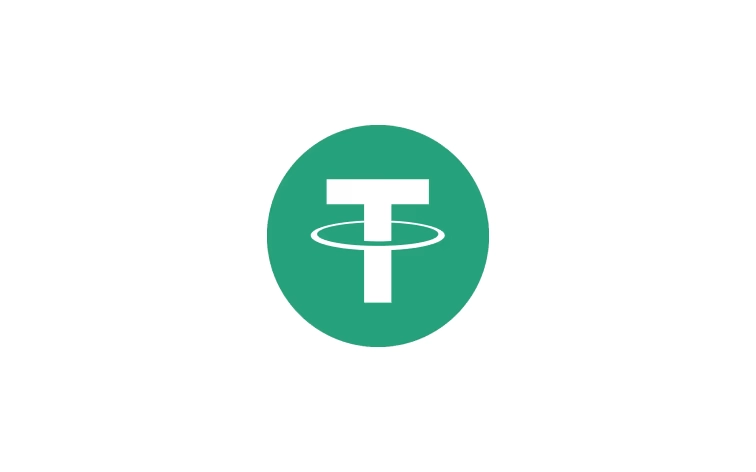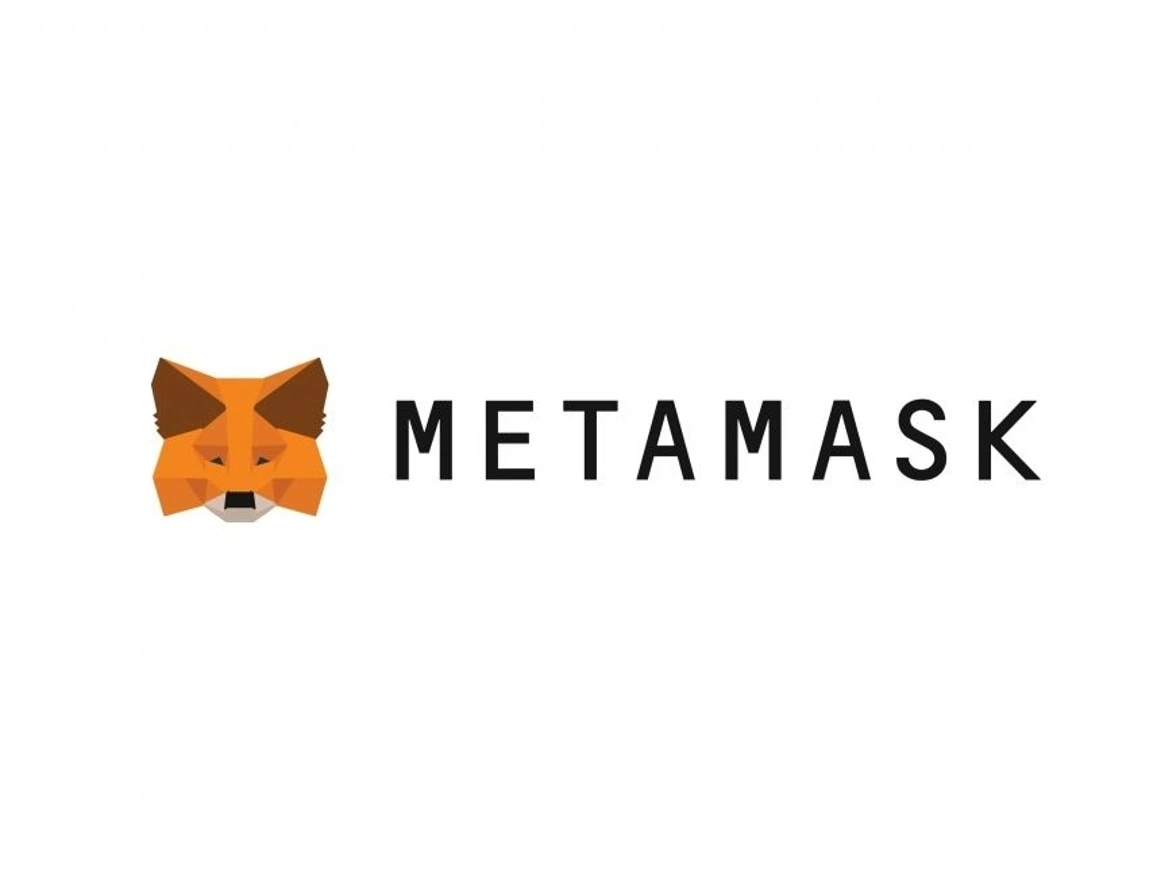Is USDT Going to Be Delisted? Current Situation and Impacts

Introduction
Tether (USDT) is a cornerstone of the cryptocurrency market, offering stability and liquidity as a stablecoin pegged to the US dollar. Its widespread use makes it a critical asset for traders, businesses, and everyday users. However, recent regulatory developments in the European Union (EU) have raised concerns about whether USDT might be delisted from EU-based exchanges. This article explores the reasons behind this potential delisting, its current status, and its implications for users in the EU and other regions.
The Regulatory Landscape: MiCA and Stablecoins

The EU’s Markets in Crypto-Assets (MiCA) regulation, which began full implementation on December 30, 2024, is a comprehensive framework designed to regulate crypto-assets, including stablecoins. MiCA imposes stringent requirements on stablecoin issuers, particularly regarding:
- Transparency: Issuers must provide clear information about their operations.
- Reserve Backing: Stablecoins must be fully backed by verifiable reserves, with regular audits.
Tether, the issuer of USDT, has faced ongoing scrutiny over the transparency of its reserves and its operational practices. This has led to uncertainty about whether USDT complies with MiCA’s standards, prompting some exchanges to take precautionary measures.
Current Status of USDT in the EU
As of April 2025, the status of USDT in the EU remains uncertain:
- Exchange Actions: Some exchanges, such as Coinbase, have already delisted USDT for EU customers, citing MiCA compliance concerns (Cointelegraph: Tether USDT EU MiCA Compliance Uncertainty). Others, like Crypto.com, have announced plans to delist USDT and other tokens by January 31, 2025, with full delisting expected by March 31, 2025 (Yahoo Finance: Crypto.com to Delist Tether USDT).
- Ongoing Trading: Major exchanges like Binance and Crypto.com continue to list USDT but are awaiting further guidance from the European Securities and Markets Authority (ESMA). ESMA has not explicitly declared USDT non-compliant, but the lack of confirmation keeps the situation in limbo.
- Timeline: The delisting process is already underway for some platforms, with key dates including December 30, 2024, for initial MiCA enforcement and March 31, 2025, for full delisting on certain exchanges.
This uncertainty has created a mixed landscape for EU users, with some facing immediate restrictions while others can still access USDT.
Impact on EU Users
The potential delisting of USDT in the EU could significantly affect users in the region. Key impacts include:
- Reduced Liquidity: USDT is a major liquidity provider for crypto trading pairs. Its removal could lead to lower trading volumes and increased volatility for other cryptocurrencies, making trading less efficient (FXStreet: Potential Impact of Delisting USDT).
- Switch to Alternatives: EU users may need to adopt MiCA-compliant stablecoins, such as USDC, DAI, or EURS. While these alternatives are viable, they may not offer the same level of liquidity or global acceptance as USDT.
- Market Fragmentation: Some traders might shift to non-EU exchanges that continue to support USDT, potentially fragmenting the EU crypto market and reducing its competitiveness (TronWeekly: EU Orders USDT Delisting).
- Workarounds: EU users can still hold USDT in non-custodial wallets and trade on decentralized exchanges (DEXs), such as Uniswap or Curve, which are not subject to the same regulatory constraints (Coinpedia: Tether Delisting from EU Exchanges).
These changes could disrupt trading strategies and require users to adapt to a new stablecoin ecosystem.
Impact on Users in Other Regions
For users outside the EU, the potential delisting of USDT in the EU has minimal direct impact, as the issue is confined to the EU’s regulatory framework. Key points include:
- Continued Availability: Exchanges not headquartered in the EU, such as Bitfinex, Gate.io, KuCoin, Bybit, MEXC Global, and Huobi, continue to support USDT without interruption (Medium: Europe Reveals USDT’s Delisting Date). This ensures that users in regions like Asia, Latin America, and North America can access USDT as usual.
- Global Market Dominance: USDT remains the leading stablecoin globally, with a market cap of approximately $138.5 billion and a daily trading volume of $44 billion, 80% of which originates from Asia (Coinpedia: Tether Delisting from EU Exchanges). The EU’s actions are unlikely to significantly affect its global usage.
- Strategic Focus: Tether has prioritized regions with less regulatory scrutiny, such as Latin America and Asia, where USDT is widely used for remittances and payments. For example, in Latin America, USDT helps preserve wealth in high-inflation economies, and in Asia, countries like Singapore and Hong Kong have frameworks that support stablecoin innovation (FXStreet: Potential Impact of Delisting USDT).
- Historical Resilience: USDT has weathered similar challenges in the past, such as a U.S. investigation in October 2024 that caused a temporary market dip but was followed by a 43% recovery in Bitcoin’s value (Coinpedia: Tether Delisting from EU Exchanges). This resilience suggests that the EU delisting may not have a lasting global impact.
| Region | Impact of EU USDT Delisting | Details |
|---|---|---|
| Asia | Minimal | High trading volume (80% of USDT’s total) and supportive frameworks in Singapore and Hong Kong ensure continued use. |
| Latin America | Minimal | USDT remains critical for remittances and wealth preservation in high-inflation economies. |
| North America | Minimal | USDT continues to be a key stablecoin despite regulatory uncertainty in the U.S. |
| EU | Significant | Potential loss of liquidity, need to switch to alternatives, and market fragmentation. |
Long-Term Implications
The potential delisting of USDT in the EU could have broader implications for the cryptocurrency market:
- Diversification of Stablecoins: The absence of USDT in the EU may accelerate the adoption of MiCA-compliant stablecoins like USDC, fostering a more diversified stablecoin ecosystem (Medium: Europe Reveals USDT’s Delisting Date).
- Regulatory Precedent: The EU’s approach to stablecoin regulation could influence global standards, encouraging other jurisdictions to adopt similar frameworks (FXStreet: Potential Impact of Delisting USDT).
- Innovation and Growth: While short-term disruptions are likely, a transparent and regulated crypto environment in the EU could attract innovation and investment in the long term, positioning the region as a blockchain hub.
- Market Opportunities: Some analysts, like Axel Bitblaze, view the EU delisting as a potential buying opportunity, predicting that asset values could increase by February or March 2025 as the market stabilizes (Coinpedia: Tether Delisting from EU Exchanges).
What Can Users Do?
For EU Users
- Explore Alternatives: Convert USDT to MiCA-compliant stablecoins, such as USDC, DAI, or EURS, to ensure continued trading capabilities.
- Use Decentralized Platforms: Trade USDT on DEXs like Uniswap, Curve, or Balancer, which are not subject to EU exchange regulations.
- Monitor Developments: Stay updated on announcements from exchanges like Binance and Kraken, as well as ESMA’s guidance on USDT’s compliance status.
For Non-EU Users
- No Immediate Action Needed: USDT remains widely available on non-EU exchanges, and its global dominance is unaffected.
- Stay Informed: Keep an eye on global regulatory trends, as they could influence the stablecoin landscape in the future.
Last
The potential delisting of USDT in the EU, driven by the MiCA regulation, is a significant development for the region’s crypto market. EU users may face challenges such as reduced liquidity and the need to adopt alternative stablecoins, but workarounds like DEXs and non-EU exchanges offer flexibility. For users outside the EU, the impact is minimal, as USDT continues to dominate globally, particularly in regions like Asia and Latin America. While the EU’s actions could set a precedent for global crypto regulation, USDT’s historical resilience and strategic focus on less-regulated markets suggest it will remain a key player. By staying informed and adaptable, users can navigate this evolving landscape effectively.


